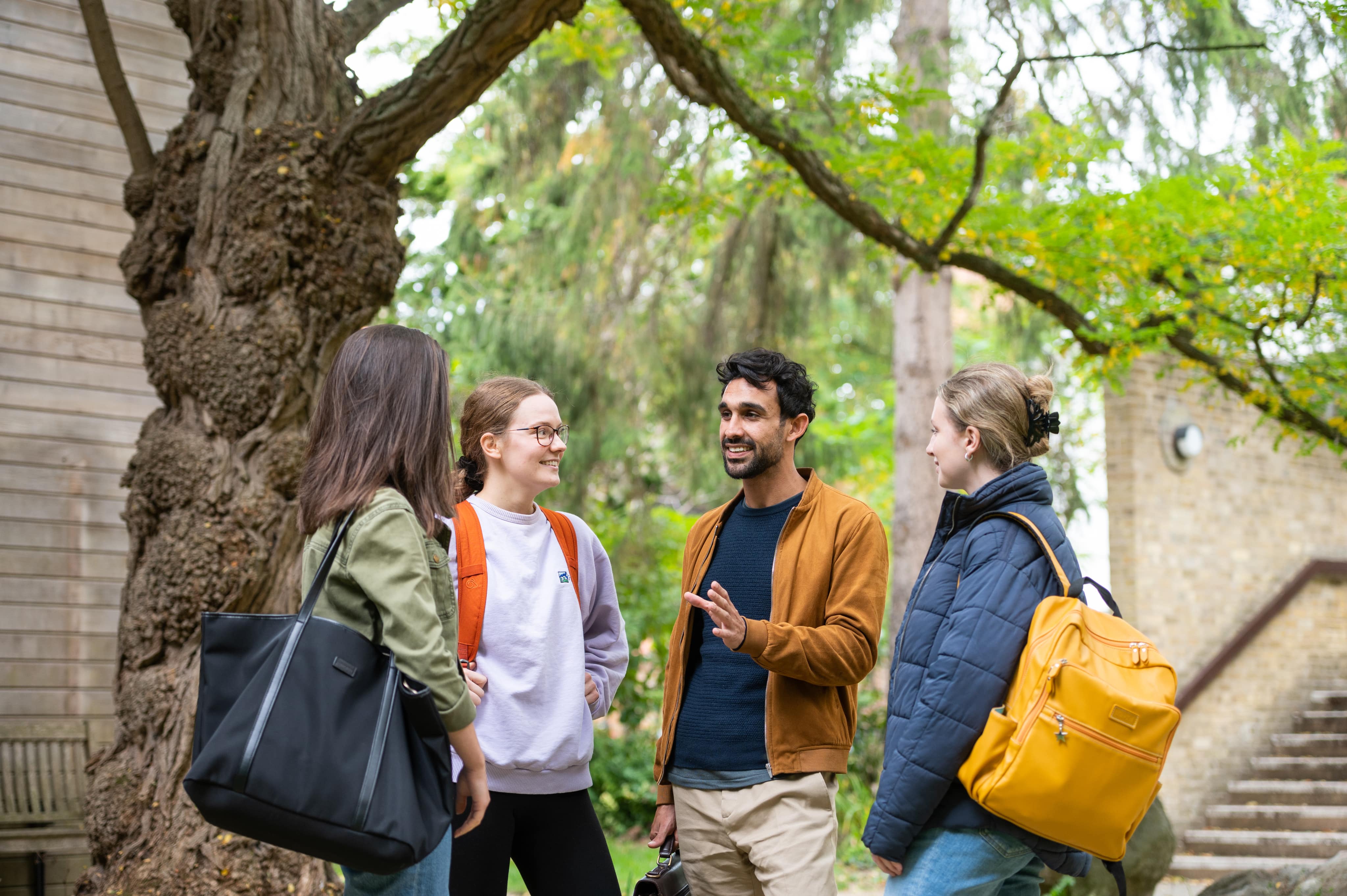The Project
Deanery Digests are short, plain language summaries of the Department of Education’s research outputs. This Deanery Digest is based on a research article which is in publication (to be updated when available).
What is this research about and why is it important?
Millions of children around the world use mobile touchscreen devices – tablets or smartphones – every day. Although young children can learn from solo media use, research shows that they learn more when an adult joins them. Many professional bodies (e.g. the American Academy of Paediatrics) highlight the importance of parent-supported media use for young children.
Despite this, almost a third of preschool children in England typically use apps alone, according to Government data. There is a need to better understand what motivates parents to join their children in media use and what the barriers might be. Prior studies suggest that parents’ involvement varies according to different child, family and contextual factors.
What did we do?
We carried out an online survey of users of the Applaydu early years app, who had a child aged between 3 and 7 years. We ran the survey in six English-speaking countries with western cultures: Australia, Canada, Ireland, New Zealand, USA, and the UK.
We asked respondents about their child’s media use, and whether and how they joined children in their use of touchscreen devices. We also asked about respondent’s attitudes to children’s use of technology, and how they felt about joining their child in media use.
We received 1,245 responses: 65% from mothers, 24% from fathers, 5% from grandparents and 6% from other adults. Over half (55%) of responses were from the US, 24% from the UK, 9% from Australia, 8% from Canada, 2% from Ireland and 2% from New Zealand. The majority of respondents (70%) were white, 11% of South American decent, 5% of mixed ethnicity, 5% Black, 5% of South-East Asian descent and 5% other ethnicities.
Respondents tended to be well-educated. Both they and their children tended to be frequent and confident users of technology. For example, two thirds (68%) spent more than an hour a day on digital devices and 57% said their children used devices every day.
What did we find?
- We asked how often children were joined by an adult when they used touchscreen devices. Almost half (47%) were joined ‘often’, ‘almost always’ or ‘always’. One fifth (19%) were joined ‘about half the time’. One third (33%) were joined ‘sometimes’, ‘very rarely’ or ‘never’.
- Adults supported children in three distinct ways:
-
- Supervision – for example ‘keeping watch so you are there if your child needs help’
- Technical support – for example ‘telling or showing your child how to navigate a game, app or story when they get stuck e.g. use the menus, access areas in the app’
- Co-play and learning support – for example, ‘joining your child’s activity to spend quality time with them’ or ‘pointing to items on-screen and naming or explaining them for your child’
- Grandparents tended to join children in their touchscreen use more often than mothers, perhaps because they had more time available. If this seems surprising, remember that these were probably very tech-savvy grandparents!
- The strongest predictor of adult-child co-use use was respondent’s attitudes to technology, and to shared media use with children:
-
- adults who felt more positive about shared media use with children – and recognised the potential benefits – tended to join their children more often for all types of media co-use (including activities to support children’s learning, and engaging in co-play and learning support behaviours). These adults agreed most strongly with statements such as “When I join my child in their touchscreen activities it can help their learning” or “It is good for me to join in my child’s touchscreen activities so we have shared experiences.”
- adults who viewed technology as a ‘babysitter’ for their children tended to join children less often in touchscreen use (including activities to support children’s learning, and engaging in co-play and learning support behaviours). These adults agreed most strongly with statements such as “Digital technology gives my child something to do when I am tired, busy with other things or need a rest from my child.”
- adults with more negative attitudes to technology tended to join children less often in digital activities for learning and for entertainment. These adults agreed most strongly with statements such as “Too much time using digital technology stops my child being physically active.” They did not, however, spend less time on strategies such as supervision or technical support – perhaps because of their concern about possible negative effects.
- No differences were found between respondents who were native English speakers and those who were not – nor between those whose language was the same as their child’s and those who had a different main language to their child. This finding is positive, as it suggests that language does not represent a significant barrier to shared media use.
What does it all mean anyway?
The finding that one third of children usually used media alone confirms previous research. It shows that some families might need encouragement to join and support their children’s media use. This is especially true when we remember that our survey was completed by a tech-savvy population who were regular and confident media users. Rates of adult-child co-use may be even lower in the general population.
The finding about grandparents provides a reminder to ‘speak’ to all family members when communicating about the importance of shared media use. Although most adults supporting children’s media use will be parents, some may be grandparents or other family members.
Findings on the relationship between attitudes and shared media use highlight the importance of raising awareness of the benefits of family members joining and supporting their young children’s screen-time – and providing support and ideas on how to interact with their child when using digital media.
Material, data and open access article
This article is currently being prepared for publication. This digest will be updated with the link to article when available.
This Deanery Digest has a CC BY-NC-SA license

